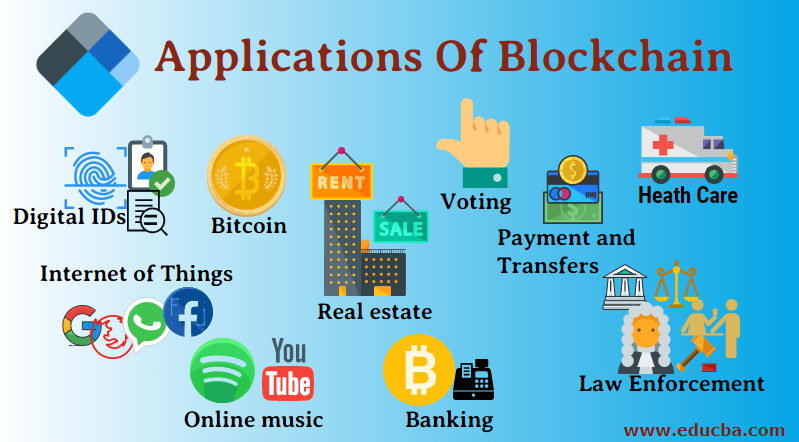
The most common metaphor when explaining blockchain is using a ledger. A ledger is a book that is used to keep track of transactions within a company. This "ledger," in the context of Blockchain, is an online digital database that consistently recieves new information.
The way this information is stored makes it incredibly hard for data stored within the database to be altered. While blockchain seems like an innovative way of keeping data secure, it is important to think about the risks involved this new technology. Such risks could include:
Now that you know, at a glance, what blockchain is, understanding how it works should be easier. As said before, blockchain acts as a online database that stores information without the risk of it being tampered with.
Blockchain uses three pieces of technology:
The crytographic keys are as they sound, a key that is used to access an encoded piece of the blockchain that is only available to those that have the key. Each party recieves two keys, there are a public keys and a private keys. These keys act as a secure identity for both parties involved. These keys are used to make transactions between parties securely and remotely. Keys in the cryptocurrency world is referred to as a 'digital signature.'
The peer to peer network consists of digital authorities who use digital signatures to track transactions. Once a transaction is approved, the two parties are network connected. Lastly, the way blockchain stores information is in something called a node. Nodes can be described as boxes of information that carries all the information about a transaction and relays it throughout the network.
A short 30 second video from
Kraken Crypto Exchangeon Youtube about what nodes are can be found below:
Blockchain can be found almost everywhere.
The main reason why blockchain is becoming so prominent is because of the many benefits the technology has. These benefits include:
The last statement requires the blockchain to use something called Smart Contracts which is something that is covered in this tutorial! You will be able to code using a language called Solidity and work your way to coding your own smart contracts!
Before you get into the tutorial we'd like to give you some examples of what you can find blockchain in:
Anywhere that keeps a record of transaction history is a form of blockchain. Below is a online source of real world applications of blockchain!

Source: educba.ca